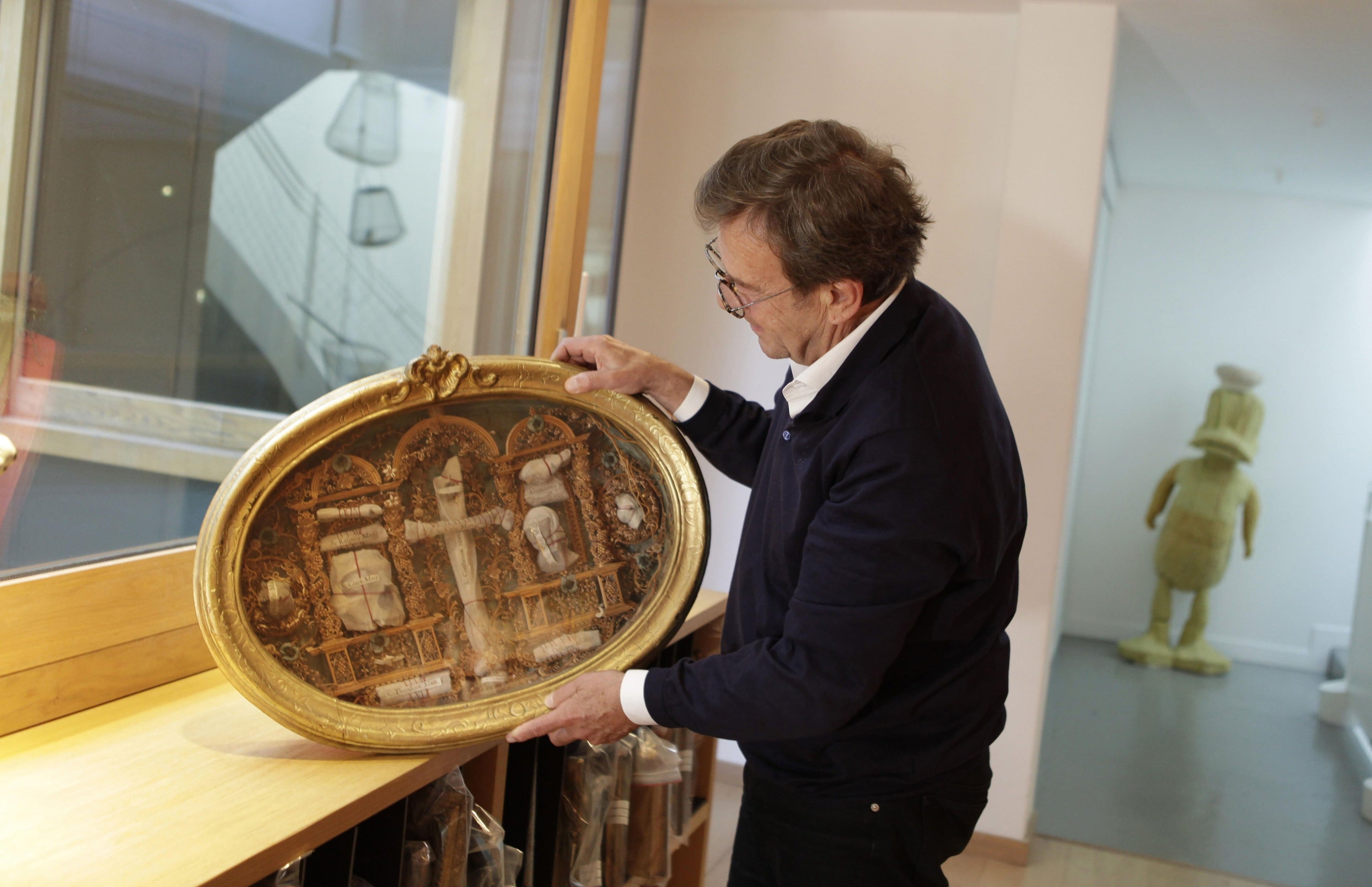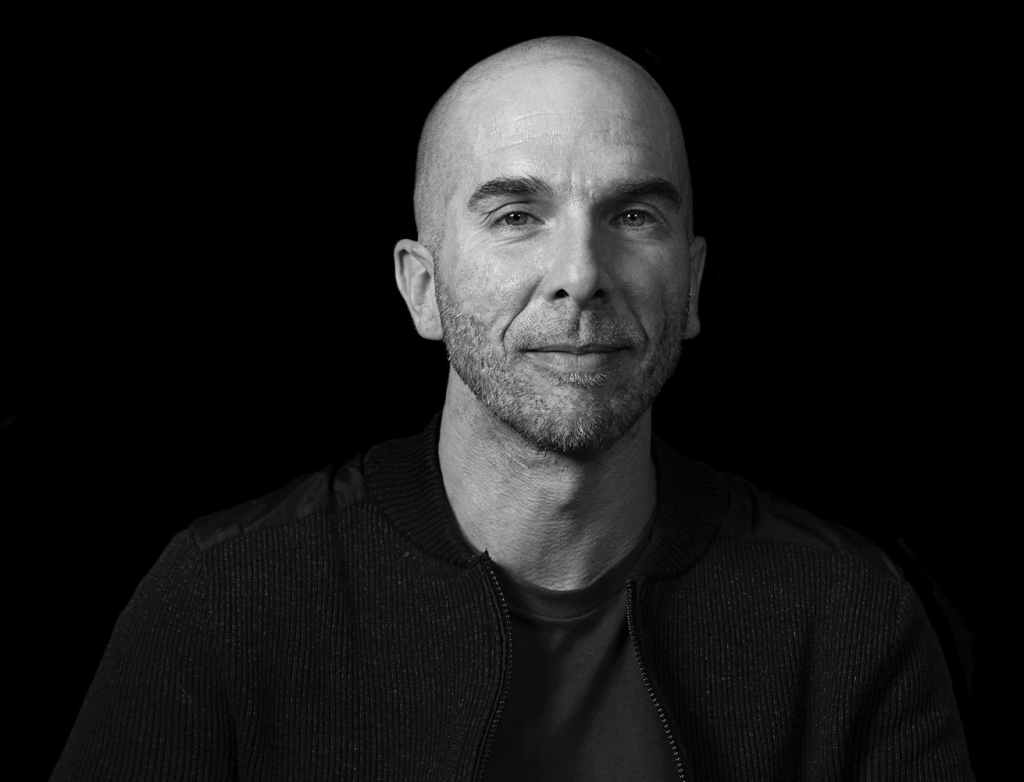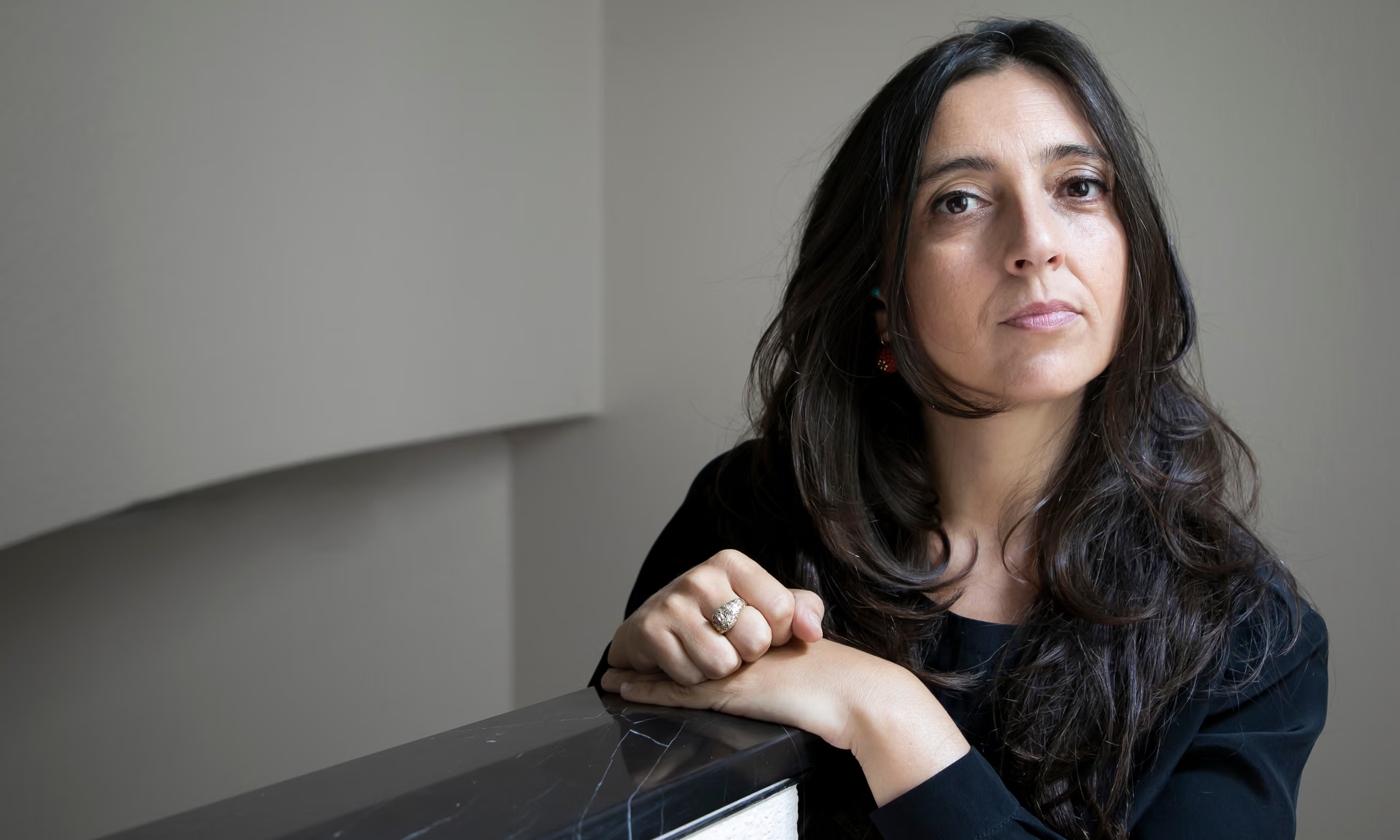
Antoine de Galbert:
On Emptiness and Fulfilment in Art
REAR WINDOW
Founder of the Maison Rouge and passionate collector, Antoine de Galbert is known for exhibiting a great number of his modern and contemporary art collections. When we met, he reflected on his relationship with art, and shed light on the essential notions of fulfilment and emptiness, which pervade his occupation.
"The real museum is the one we will never have”

From Honoré de Balzac’s Cousin Ponsto AgnèsVarda’s The Gleaners and I, past representations of the figure of the art collector are full of paradoxes: marginal, eccentric, sometimes aristocratic, other times poor, always idealistic. Indeed, the accumulation of art objects is often associated with a certain emptiness to fill and a fulfilment to achieve.
To fully grasp the complexities involved in the collector’s activity, one cannot approach it in a conventional manner. Antoine de Galbert agrees with me. It is difficult, almost impossible to apply a typology, or even a methodology to the practice of art collectors. Obviously, there are as many collectors as there are collections. This means that the singularity of each collector is to be found in the collection itself; it imposes itself on the visitor as an evidence.
Can we say therefore that the collection is the portrait of the one who builds it?Perhaps in some cases, but for Antoine de Galbert the answer is a resounding “no”: “Of course, it is not a self-portrait”. On the contrary, the collector acquires what is foreign, exterior to himself. Art enables him to pursue difference with passion.
“A compensatory phenomenon is at the heartof each collection [...] The process fills a holewithin us. I think that for every collector there is, at the beginning, a lack of affection” that provokes“a representation of fantasies and obsessions”.
Accordingly, the collector can never attain a sense of fulfilment. “It’s what we don’t have that makes us want to remain collectors [...]It’s a sort of weird and utopian quest”. The willingness to acquire, or to simply own more material possessions doesn’t always imply a cluttered space. In 2004, the inaugural exhibition of the Maison Rouge dealt with the relationship collectors have with their art pieces. Antoine de Galbert reminds us about a work in particular: a list on a pedestal shown inside a glass cloche. It inventoried the collection of Herman Daled, a collector who chose to live in an empty house. After all, there are many ways to live with a collection. “Many collectors own thousands of works and don’t live with them”, Antoine de Galbert tells us.
Even though he greeted us with a number of valuable objects – such as Edward Lipski’sFu Dogs (2008), which look like two guards protecting his antechamber – Antoine de Galbert repels the idea of “living in a stockroom”. Indeed, his collection is immaterial; it exists in the room she design sin his head, where he creates “imaginary art installations, imaginary exhibitions”.
“The museum is there. The real museum is the one we will never have. It is, in fact, the imaginary museum of Malraux”, he says while showing us his immense library of art books with Richard Jackson’s Teddy Bear sculpture (2002) in front of it.
The collection then takes a whole new dimension; visual memory becomes its repository. “One can collect even without works or any particular value”, he explains. In other words, one does not need to buy anything to become a collector. To my last question – “is being a collector always about accumulation?” – Antoine de Galbert responds categorically in the negative. Especially if, like him, you are also a patron of the 59arts. “The real patron actually becomes poorer; by getting rid of works, he gets rid of his own guilt”. Listening to his words, a new balance, that is seldom talked about, rises in my mind; it brings together the figures of the collector and the patron, swinging from one end to another, between fulfilment and emptiness.
“The real patron actually becomes poorer; by getting rid of works, he gets rid of his own guilt”
Words
Images



